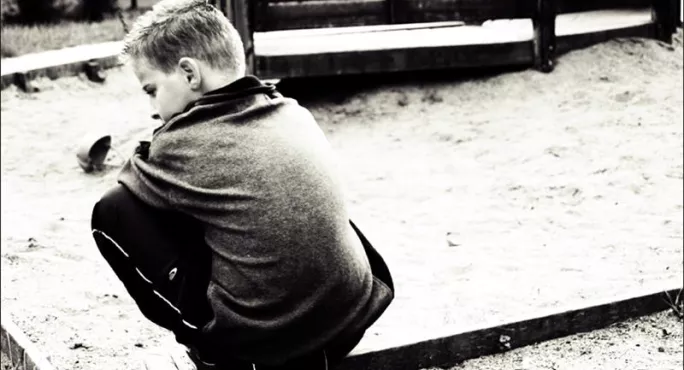If teaching is about anything, it’s about emotional and intellectual connection. When introducing any text, I strive for maximum impact, appealing initially to the emotional instincts of the pupil, before exploring the literary and linguistic means by which a writer achieves that irresistible engagement with the reader.
This lesson takes pupils deep into the heart of Robert Frost’s poem Out, Out - which depicts a boy in a fatal accident with a buzz-saw. It’s a media-rich approach, encouraging pupils to produce responses that are at once profoundly meaningful and emotionally resonant.
The lesson, which will work with pupils aged 14 to 17, opens with a series of photographs depicting “faces of lost youth” by Lewis W. Hine, the social photographer. His photographs document the terrible conditions under which children were employed in the early decades of 20th-century America.
Pupils respond quickly to the plight of these children frozen in stark monochrome. The characters in the photographs look at them in a way that inevitably invites emotional interaction. Pupils comment on the loneliness of the young people, the dangers implicit in their work environments, the powerful disconnect between the normal life of a child and the terrifying environments of cotton mills and glass factories.
They are encouraged to respond with all of their senses and, in interpreting these “texts”, they become deeply involved in the plight of their young subjects.
I end the sequence with an image that I consider to be the most powerful. It depicts Furman Owens. Hine said: “He is 12 years old. Can’t read. Doesn’t know his ABCs. Said: `Yes I want to learn but can’t when I work all the time.’ Been in the mills four years.” This picture, together with Hine’s caption, creates a still moment in the lesson in which connections can be made.
After the monochrome of the Hine photographs, I play a short clip from James Mangold’s film Walk the Line. The scene in question comes early in the picture and depicts the accident with the buzz-saw of Johnny Cash’s older brother, Jack. Again, this is a highly emotional scene and takes the pupils further along the road to the Frost text. Pupils are encouraged to discuss the director’s use of sound and the emotional impact of Jack’s death on those around him.
I turn to the original article from the North County Courier of March 31, 1901 that inspired Frost’s poem. The article reports the death of Raymond Fitzgerald who died in an accident with a buzz-saw. It details the facts of the boy’s death - the names of his mother and father, the fact that he had a sibling, the physician who attended him, and the boy’s inevitable heart failure - but with a complete absence of emotional appeal. This is the final stage before we finally look at Frost’s text.
Before revealing the poem, I read the brief soliloquy from Act 5 scene V of Macbeth, which explores the nothingness of life and the meaninglessness of death, and which gives Frost’s poem its title. To maximise the impact of the text, I use PowerPoint and superimpose the text of the poem over Hine’s image of Furman Owens.
The photograph has now been bleached out and the text is revealed at the speed of the reader’s voice, which should be slow and rhythmical. We close the lesson by reading the poem. However, I like to echo the phrase “Little - less - nothing! -” as pupils prepare to leave the class. It’s a good starting point for the next lesson.
David Miller teaches English at St Ninian’s High in East Dunbartonshire and was voted Secondary School Teacher of the Year at the Teaching Awards in London last month.
